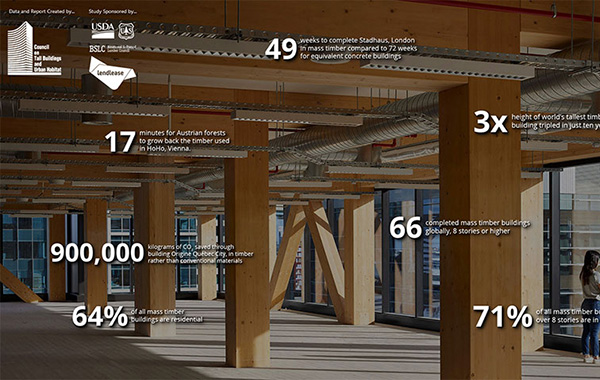Filter by
De Karel Doorman
Linea Nova, Ter Meulen
Building
Completed
2012
Residential / Retail
Concrete-Steel-Timber Composite Over Concrete
70.5 m / 231 ft
22
1
114
156
8
26,950 m² / 290,087 ft²
Construction Start
Completed
The Design Engineer is usually involved in the front end design, typically taking the leadership role in the Schematic Design and Design Development, and then a monitoring role through the CD and CA phases.
Material Supplier refers to organizations which supplied significant systems/materials for a building project (e.g. elevator suppliers, facade suppliers, etc).
You must be a CTBUH Member to view this resource.
Usually involved in the front end design, with a "typical" condition being that of a leadership role through either Schematic Design or Design Development, and then a monitoring role through the CD and CA phases.
The Design Engineer is usually involved in the front end design, typically taking the leadership role in the Schematic Design and Design Development, and then a monitoring role through the CD and CA phases.
The Engineer of Record takes the balance of the engineering effort not executed by the “Design Engineer,” typically responsible for construction documents, conforming to local codes, etc.
The CTBUH lists a project manager when a specific firm has been commissioned to oversee this aspect of a tall building’s design/construction. When the project management efforts are handled by the developer, main contract, or architect, this field will be omitted.
The main contractor is the supervisory contractor of all construction work on a project, management of sub-contractors and vendors, etc. May be referred to as "Construction Manager," however, for consistency CTBUH uses the term "Main Contractor" exclusively.
Other Consultant refers to other organizations which provided significant consultation services for a building project (e.g. wind consultants, environmental consultants, fire and life safety consultants, etc).
Material Supplier refers to organizations which supplied significant systems/materials for a building project (e.g. elevator suppliers, facade suppliers, etc).
2022 CTBUH Awards
26 June 2017 - CTBUH Research
16 September 2014 - Event

24 May 2022 | Rotterdam
This project adds 16 residential floors on top of an existing 1951 department store. The system is a combination of steel columns and beams, metal...

23 May 2022
CTBUH Research
This data study represents the significant recent momentum of the mass-timber movement worldwide. There are now 139 mass timber buildings around the world of eight...
De Karel Doorman was constructed on top of the Ter Meulen store, originally built in 1948. To construct the additional floors, a lightweight alternative to traditional multistory framing was approached. The building utilizes two reinforced concrete cores inserted into the existing structure, a framework of steel columns and beams, a wooden floor system topped with 55mm of concrete and a wooden exterior wall clad with a glass facade. The resulting structure's floors weigh 250 kilograms per square meter, one fifth of the weight of a standard high-rise apartment building constructed entirely of reinforced concrete.
2022 CTBUH Awards

24 May 2022 | Rotterdam
This project adds 16 residential floors on top of an existing 1951 department store. The system is a combination of steel columns and beams, metal...

16 September 2014 | Rotterdam
This presentation shows, through the realized case project “De Karel Doorman” in Rotterdam, how ultra lightweight solutions for apartments and other building types can be...

23 May 2022
CTBUH Research
This data study represents the significant recent momentum of the mass-timber movement worldwide. There are now 139 mass timber buildings around the world of eight...

04 April 2022
Daniel Safarik, Jacob Elbrecht & William Miranda, CTBUH
The past few years have seen tremendous interest in the development of mass timber buildings of increasing height, in urban settings, many of which are...
Rune__Abrahamsen.jpg)
30 October 2017
Robert M. Foster, University of Queensland; Michael H. Ramage, University of Cambridge; Thomas Reynolds, The University of Edinburgh
Recent developments in the design and construction of progressively taller buildings using engineered timber as a structural material raise important questions about the language that...

16 September 2014
Maurice Hermens, Michiel Visscher & John Kraus, Royal HaskoningDHV
This paper shows, through the realized case project “De Karel Doorman” in Rotterdam, how ultra lightweight solutions for apartments and other building types can be...
26 June 2017
The CTBUH has produced its latest Tall Buildings in Numbers research study, entitled "Tall Timber: A Global Audit."
Subscribe below to receive periodic updates from CTBUH on the latest Tall Building and Urban news and CTBUH initiatives, including our monthly newsletter. Fields with a red asterisk (*) next to them are required.
View our privacy policy